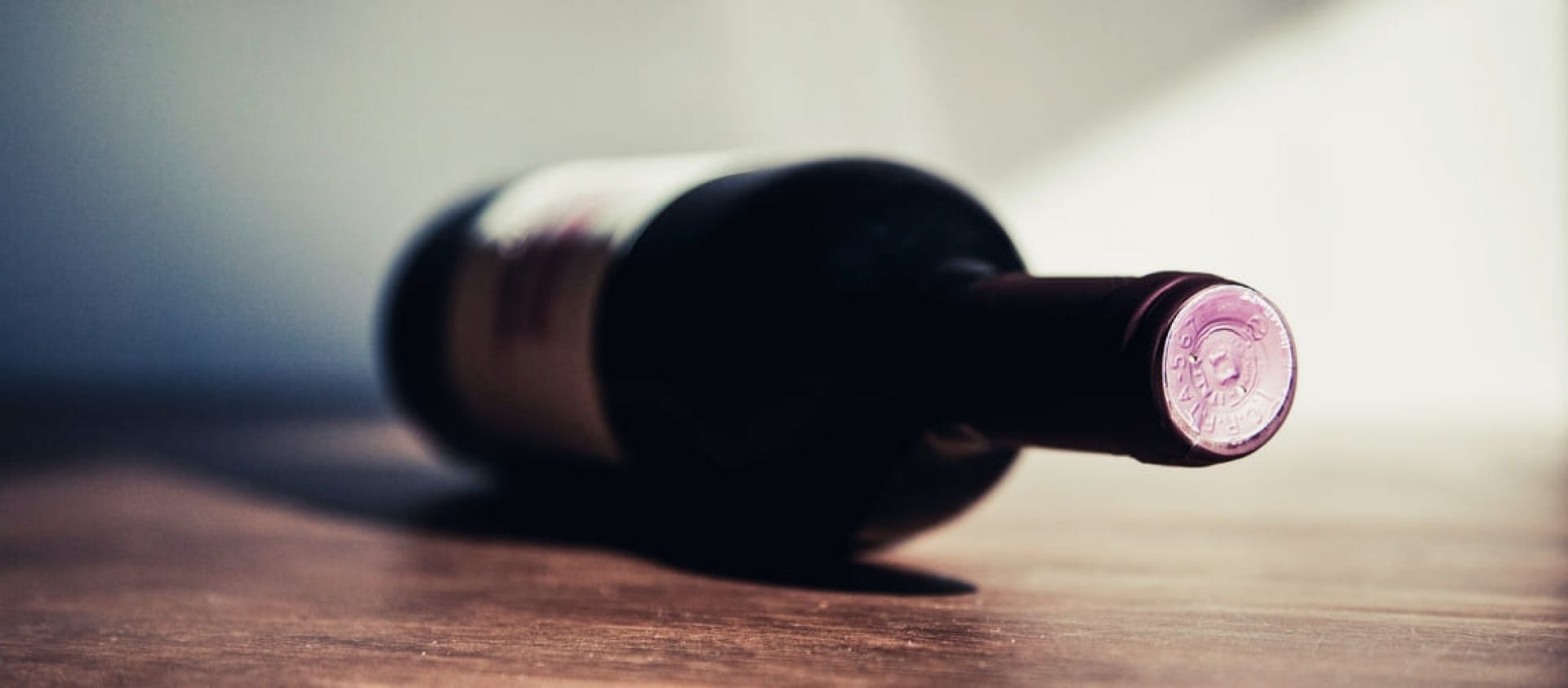
Insights
How has the Brand Agency Dynamic in the US Market Changed?
Even the biggest importers simply don’t have the resources to give each brand the amount of time they need. At some point, it’s more efficient to be an owned brand.
At the Conference Sessions for USATT, held at the Metropolitan Pavilion in March 2016, there was a Panel that comprised of Jim Ryan, SVP of the beer division of Constellation Brands, Giacomo Turone, VP of wine and spirits importer Palm Bay International and Scott Ades, CEO of The Winebow Group. They were asked questions relevant to the attending audience comprising of distributors, importers, retailers and producers of alcoholic beverages. Please read below, one of the questions that was put forth to the panel and their answers.
What You Need to Know About the Changing Agency Dynamic in the US Wine Market
If you’re looking to break into the hyper-competitive U.S. wine and spirits market, you have two basic alternatives – you can either be an “owned brand” or you can be an “agency brand.” While in the past, it might have been more common to start off as an “agency brand,” that dynamic has been changing over the past five years in response to competitive market conditions.
For smaller wine brands, of course, it makes sense to be an agency brand. That means that the importer or distributor will act on your behalf as your agent, taking over the costs of marketing and distributing your wine. At some point, though, once you’ve hit a certain level of growth, it’s more efficient to be an owned brand. That’s because even the biggest importers simply don’t have the resources to give each brand the amount of time they need. As Jim Ryan, SVP of the beer division of Constellation Brands, pointed out during a panel discussion at the USATT Conference 2019, the way that Corona started out in the US market was actually as an agency brand.
However, for Constellation, the goal was to grow the brand faster than the entire imported beer segment, and the only way to do that was to acquire the Corona Extra and Corona Light brands from Grupo Modelo.
That meant that Constellation could put its full marketing muscle behind the brand, and really help it to become an even more successful brand. From Constellation’s perspective, it’s not just about gathering together a lot of different brands within a portfolio, it’s about focusing on core brands that can be more successful than the overall market. Giacomo Turone, VP of wine and spirits importer Palm Bay International, says that the decision of whether to work with“agency brands” or “owned brands” is really about “filling voids.” If there’s a market niche to be filled, it might make sense to set up an agency relationship, but sometimes partners don’t have the right brands to fill a niche.
At some point, he says, it’s about “defining our own destiny.” And the only way that’s going to happen is if you develop a long-term partnership and really invest in the future of the brand. When you’re an owned brand, there’s more at stake for the company. However, in order to be an owned brand means that you are big enough to bear all the expenses. Scott Ades, CEO of The Winebow Group, illustrates this point with the Italian wine brand Santa Margherita, which started off as an agency brand. It was simply too small and unknown to handle everything by itself.
But over time, the wine built up its brand and now has the scale to represent itself. Santa Margherita USA is a now fine wine import company representing premium wine estates from Italy. So, again, it’s really a matter of scale. Once you hit a certain size and scale, the dynamic between “agency brand” and “owned brand” shifts.
Turone notes that “a large importer can be a good fit for anyone.” But the importer and supplier must understand each other. Wine suppliers have to understand that a little brand is not going to get a lot of time, so even if there’s a big wine importer ready to take it on, that doesn’t guarantee future success. The bottom line is that any relationship needs to make sense financially. The question ultimately comes down to this: “Your grandfather makes a wonderful wine, but how do we make money from it?” A wholesaler isn’t going to build the brand. That burden is going to fall on the importer and the supplier partner. It’s the importer and supplier, working together, which must build the brand.
Watch the entire panel discussion session:
Become a USATT exhibitor and grow your distribution in the USA. Meet importers, distributors, retailers and press. Get exhibitor information here.


